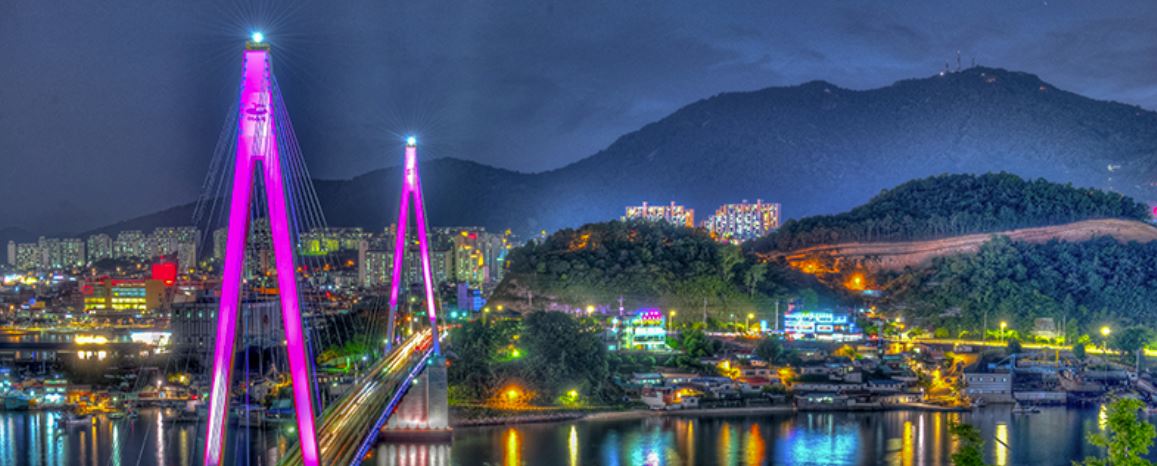Difference between revisions of "Quantum Information Science Strategy"
m |
m |
||
| (One intermediate revision by the same user not shown) | |||
| Line 5: | Line 5: | ||
This BrainLink X-Lab Day involves a series of technology exchange meetings aimed at promoting international research exchange in science and technology while providing a venue for effective and sustainable technology exchange. The theme of the meeting is “Quantum Information Science Strategy”. The Korean Federation of Science and Technology Societies (KOFST) serving as the host organization in collaboration with the Ministry of Science and ICT (MSIT), Republic of Korea. | This BrainLink X-Lab Day involves a series of technology exchange meetings aimed at promoting international research exchange in science and technology while providing a venue for effective and sustainable technology exchange. The theme of the meeting is “Quantum Information Science Strategy”. The Korean Federation of Science and Technology Societies (KOFST) serving as the host organization in collaboration with the Ministry of Science and ICT (MSIT), Republic of Korea. | ||
| − | [[Image:Yeosu2022.jpg|left|800px| | + | [[Image:Yeosu2022.jpg|left|800px|border|Seosu]] |
Latest revision as of 03:03, 11 October 2022
KOFST (한국과학기술단체총연합회) 2022 BrainLink X-Lab Day
The 2022 BrainLink X-Lab Day is taking place at RAMADA PLAZA BY WYHNDAM, Yeosu from December 12 to 15, 2022.
This BrainLink X-Lab Day involves a series of technology exchange meetings aimed at promoting international research exchange in science and technology while providing a venue for effective and sustainable technology exchange. The theme of the meeting is “Quantum Information Science Strategy”. The Korean Federation of Science and Technology Societies (KOFST) serving as the host organization in collaboration with the Ministry of Science and ICT (MSIT), Republic of Korea.
1. Place: RAMADA PLAZA BY WYHNDAM (Yeosu, Korea)
2. Dates: December 12-15 (Monday-Wednesday), 2022.
3. Program Committee: Jaewook Ahn (KAIST), Myungshik Kim (Imperial College London)
4. Contact information: jwahn@kaist.ac.kr
5. How to come to the venue (Yeosu): Airplane-Bus-Taxi, http://www.ramadaplazadolsanyeosu.com/view/viewLink.do?page=homepage/KOR/company/location2
6. Program schedule (tentative)
XXX-
February 22nd, 2019 (Friday)
09:30-12:10 Session A, Atomic precision metrology
Piet Schmidt (Hannover U.) Quantum logic spectroscopy of highly-charged ions
Hiroki Takahashi (U. Tokyo) Strong coupling of a single ion to an optical cavity
Murray Barrett (NUS-CQT) Progress towards a multi-ion optical clock with Lu+
Ping-Xing Chen (N. U. Def. Tech., China) Weak value amplification via pure atomic degrees of freedom
Kazuhiro Hayasaka (NICT, Japan) Ion optical clocks extended to multi-ion systems
13:00-15:40 Session B, Neutral-atom quantum computing
Mark Saffman (U. Wisconsin) Entangling atomic qubits with Rydberg interactions
Thomas Pohl (Aarhus U., Denmark) Quantum gates with Rydberg excitations and photons
David S. Weiss (Penn State U) Quantum computing with neutral atoms in a 3D optical lattice
Ken'ichi Nakagawa (UEC, Japan) Quantum simulation of many-body systems with cold Rydberg atoms
Jaewook Ahn (KAIST) Coherent control approaches to trapped atom systems
16:00-18:00 Session C, Alternative approaches (1)
Jongseok Lim (Imperial College, UK) Revealing undiscovered forces using ultracold molecules
Manas Mukherjee (NUS-CQT, Singapore) Single atom heat engine with quantum load
Shau-Yu Lan (NTU, Singapore) Cold atom laboratory in the hollow-core photonic waveguide
Jungsang Kim (Duke U., USA) Progress in trapped ion quantum computing
February 23rd, 2019 (Saturday)
09:30-12:10 Session D, Trapped-ion quantum computing
Kihwan Kim (Tsinghua U.) Scalable global entangling gates on arbitrary ion qubits
Le Luo (Sun Yat-sen U., China) Simulating dissipative quantum systems with optically-trapped ultracold atoms
Taehyun Kim (SNU, Korea) Observation of Hong-Ou-Mandel effect between two photons emitted by two ions trapped in separate chambers
Winfried Hensinger (U. Sussex, UK) Developing a modular microwave trapped ion quantum computer
Dzmitry Matsukevich (NUS, Singapore) Continuous variables quantum computations with trapped ions
13:00-15:30 Session E, Quantum simulations
Joonsuk Huh (SKKU, Korea) Quantum simulation methods for molecular vibronic spectra
Gyu-Boong Jo (HKUST) Quantum simulation of 3D topological phases with ultracold fermions
Kenji Toyoda (Osaka U.) Propagation of a local vibrational quantum in a trapped-ion string as a quantum walk
Jae-yoon Choi (KAIST) Quantum simulation of many-body localization in two-dimensions using ultracold atoms in optical lattices
Yogesh Narayan Joglekar (IUPUI, USA) Non-Hermitian quantum simulations
16:00-18:00 Session F, Alternative approaches (2)
Sangkyung Lee (Agency for Defense Development) Rotation sensing with a cold atom interferometer gyroscope and an atom spin gyroscope
Waranont Anukool (Chiang Mai U., Thailand) High-fidelity Bell states generation of any pair of rubidium atoms in a 5x5 dipole-trap array
Ying Li (GS-CAEP, China) Algorithmic error mitigation and temporal correlation on quantum computer
Lin Li (Huazhong U. Sci. Tech., China) Raising optical Schrödinger's cats with a cavity QED system
-XXX
